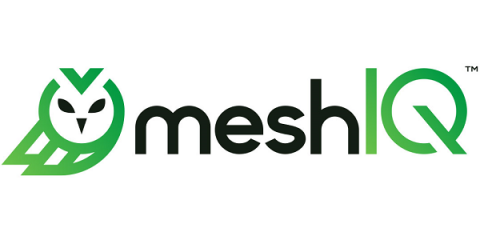Turbo360 for Frends - Part 2 - If your hosting on Azure
As the 2nd part of a couple of blog posts I wanted to do after the Frends Autom8 event this week, I wanted to talk about the use case where a customer is using Frends, but they have their own Azure environment and is using that for hosting the agents for Frends.











